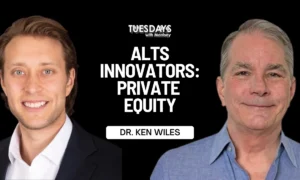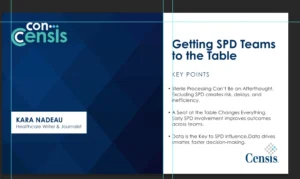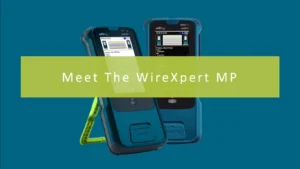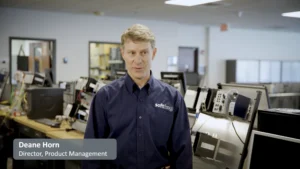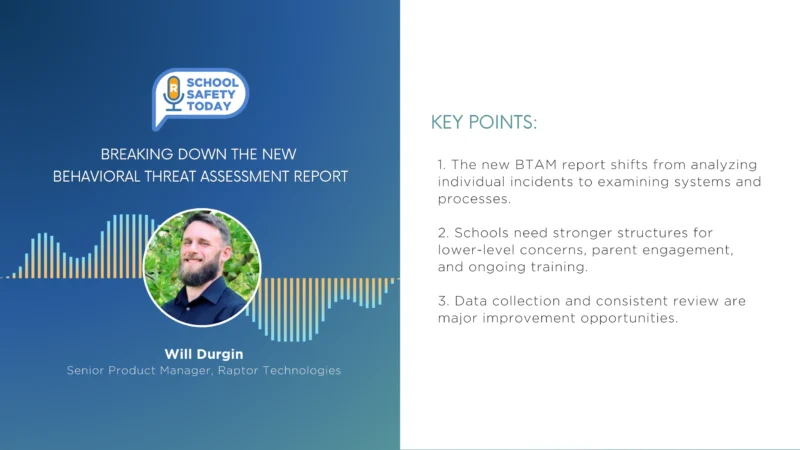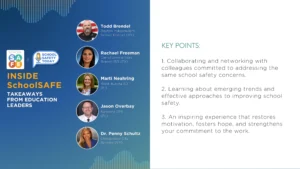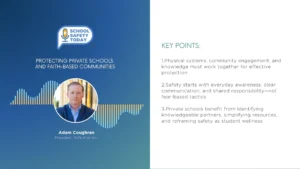School Safety Today: PASS—The Partner Alliance for Safer Schools
The Partner Alliance for Safer Schools (PASS) was created in 2013 on the heels of the Sandy Hook Elementary School shooting. The Security Industry Association (SIA) and the National Systems Contractors Association (NSCA) collaborated on the formation of PASS, a volunteer organization focused on providing school administrators, school boards, and public safety officials with a road map and guidelines for implementing a layered, tiered approach to enhancing their environments’ safety and security. Mark Williams, PASS board chairman, joined Daniel J. Litwin to discuss these guidelines and the organization’s layered approach to safety.
Before his involvement with PASS, Williams spent 30 years in the security and safety industry, with his first school safety survey dating back to 1988. The approach to safety protocols is different now than three decades ago. Before the Columbine High School shootings, schools were fairly open without considering who was in the building and which door they entered. As school safety continues to evolve, PASS works to keep up with safety protocols and stay ahead of them with guidelines.
“The guidelines are a road map of proven practices that other schools have successfully implemented,” Williams said. “They’re organized in a way that helps schools implement them across their entire district in a layered and tiered approach.”
PASS stays on top of technological advancements through its advisory council. These roughly 40 school security personnel, law enforcement, nonprofit partners, parents, and other volunteers help further the organization’s mission. PASS checklist guidelines provide best practices that schools can rely on because they come from other schools that successfully use these tools and methods every day.


